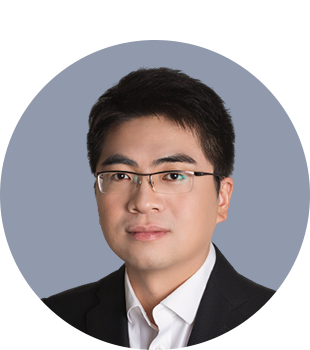A few days after an egg is fertilized, it develops into a blastocyst. This is a spherical structure made of an outer layer of cells surrounding a fluid-filled cavity that contains a mass of embryonic cells. However, general understanding of early human embryonic development has been limited by a lack of appropriate models.
Human blastocysts donated to research following IVF have provided insights, but their availability and usage are limited. By modulating several signaling pathways, Yu has developed a three-dimensional culture strategy to generate blastocyst-like structures, which are termed human blastoids, from human PSCs. The human blastoids resembled human blastocysts in their morphology, size, cell number, and composition of different cell lineages. Human blastoids are able to generate embryonic and extraembryonic stem cells and can self-organize into structures with features of peri-implantation human embryos. In contrast to scarce human blastocysts available for research, human blastoids can be generated in large quantities and are met with less ethical restrictions, which open new avenues to study human early development by combining technologies such as gene editing and high throughput screening. Moreover, studying blastoids generated from patient-induced pluripotent stem cells (iPSCs) opens the door to understanding developmental defects and early pregnancy loss. In summary, human blastoids offer us an unique model to enrich our fundamental understanding of human early development and advance reproductive and regenerative medicine.
As of March 2020, there were over 100,000 patients on the waiting list for an organ transplant in the United States alone. The problem of donated organ shortage extends worldwide, and researchers are currently working on a variety of ways to increase the number of organs available. One potential strategy to combat this shortage is the generation of human organs in animals through a method called interspecies blastocyst complementation, which works by injecting donor PSCs from one species into the organogenesis-disabled blastocyst of a different species.
By modulating the key signaling pathways of early development, Yu has successfully generated a new type of PSCs from several species (mice, horses, and humans), termed Formative PSCs. It enabled the generation of the first horse-mouse and human-pig chimeras, which trailblazed a new path for interspecies organogenesis and moved us one step closer to realize the dream of generating transplantable human organs in animals. In addition, formative PSCs have great potential to facilitate the generation of functional gametes from different species in vitro, which is invaluable for studying germ cells development and providing a cure for infertile couples.
Now, Yu and his colleague are trying to generate formative PSCs from the critically endangered northern white rhino (only two females left, functionally extinct) fibroblasts, which holds great potential to produce unlimited northern white rhino germ cells in vitro.




